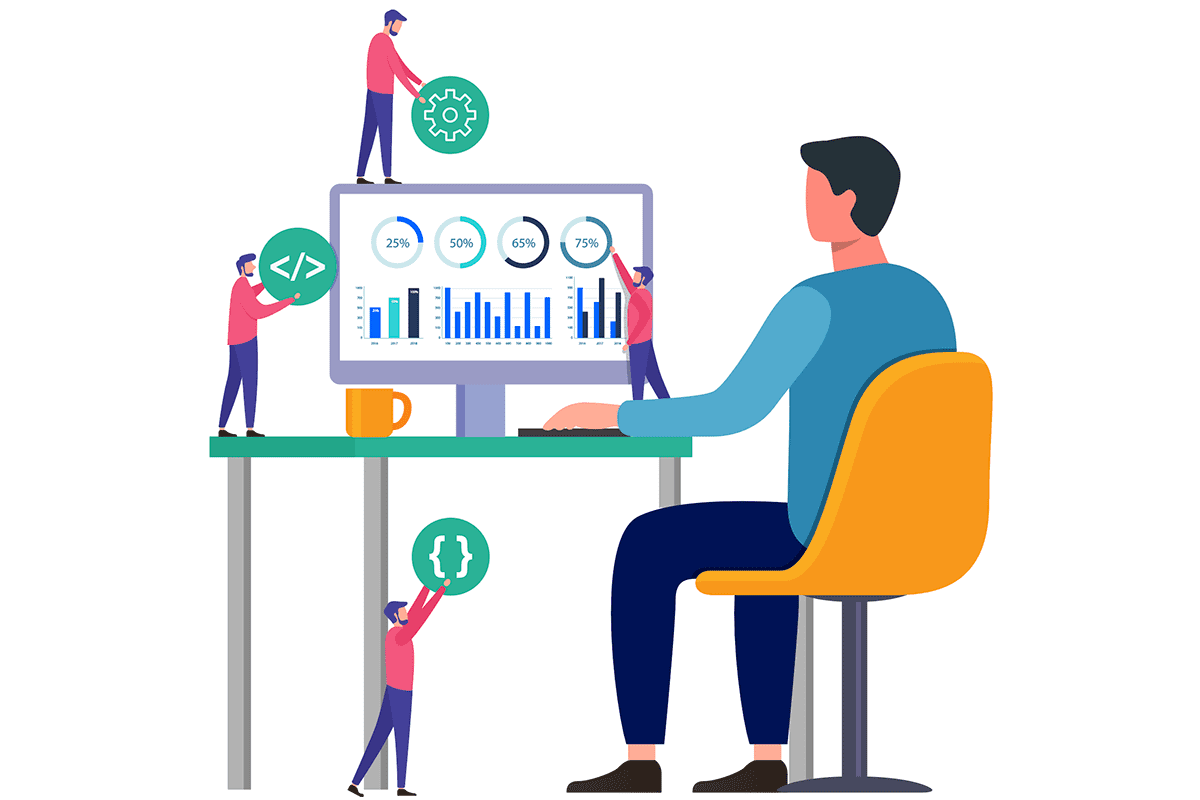Curbing the Dangers of Alignment Risk: Why to Rethink Our Approach to System Design
Alignment risk is the potential threat that arises when the intended goals of technological systems and their actual outcomes lead to unintended and potentially undesirable consequences. According to a New York Times article, alignment risk is becoming an increasingly significant issue in the world of technology. The recent fiasco with Robinhood’s stock trading app led to significant financial losses for some users. Robinhood is a popular trading app that encourages risky behavior among its users. The app’s design, which includes confetti animations and other gamification techniques, has been criticized for encouraging users to trade more frequently and take on more significant risks. This has led to financial losses for some users and raised concerns about the ethics of the app’s design.
The Role Of System Design
The role of system design in managing alignment risk is dominant, as it serves as the foundational framework shaping the behavior and outcomes of technological systems. Determining the impact of system design on alignment risk involves carefully examining the decisions made during the developmental phase. Design choices, ranging from algorithmic structures to user interfaces, are pivotal in determining whether a technology aligns with its intended goals or veers into unintended consequences.
Thoughtful and strategic design can align systems more closely with desired outcomes and minimize potential risks. Recognizing the critical role of system design is vital to proactively addressing alignment risk and ensuring that technological innovations align with their intended purposes.
Impact of AI on Alignment Risks
It is a significant risk that has become increasingly prevalent with the rapid advancement of artificial intelligence and machine learning technologies. The problem with alignment risk is that the systems we develop are not inherently value-neutral, as humans build them with their own biases and values. When we rely on these systems to make decisions, we must ensure they align with our intended outcomes. Curbing alignment risk requires us to focus on how we permit people to use and deny these systems themselves.

Human-Centric Design Principles
Human-centric design principles prioritize the user experience and ethical considerations in system design, aiming to minimize alignment risks. In the design process around user perspectives, developers gain insights into how individuals interact with technology, identifying potential misalignments early on. Ethical considerations guide decision-making, ensuring the design prioritizes user well-being and societal values. This approach not only enhances the usability of technological systems but also mitigates alignment risks by aligning the development process with the end-users’ needs, values, and ethical expectations. Human-centric design thus becomes a cornerstone in creating technology that serves people effectively and responsibly.
Mitigation Strategies
Mitigating alignment risk requires a proactive and collaborative approach beyond the conventional realm of system design. One effective strategy involves collaboration among interdisciplinary teams with diverse perspectives, encompassing technical expertise and ethical, social, and user-centric considerations. By fostering collaboration among professionals with varied backgrounds, potential blind spots in the design process can be identified and addressed more comprehensively. Additionally, incorporating end-user feedback and insights becomes crucial in understanding the practical implications of system behavior.
Best practices include rigorous testing and validation processes that simulate real-world scenarios to uncover potential misalignments early in the development phase. Emphasizing transparency and accountability within the development process also plays a pivotal role in mitigating alignment risk, ensuring the decision-making process is open to inspection and correction.
Wrapping Up
In my opinion, it is crucial to focus on ethical considerations when developing new technologies, considering the potential impact they may have on society. This can involve a more holistic approach to technology, considering how it may impact employment, privacy, and other social issues.
By doing so, we can help ensure that new technologies align with our values and goals and minimize any unintended consequences. Overall, a more thoughtful and intentional approach to technology development can help to reduce risk and promote responsible innovation. For more insightful blogs, visit auxin.io







